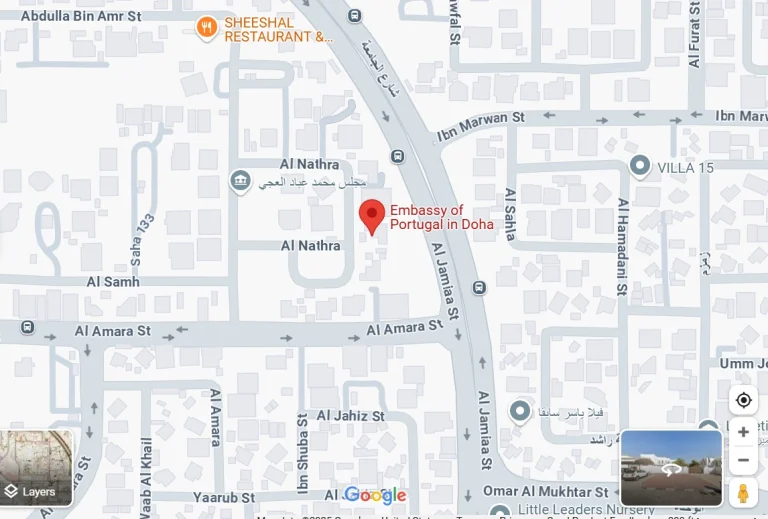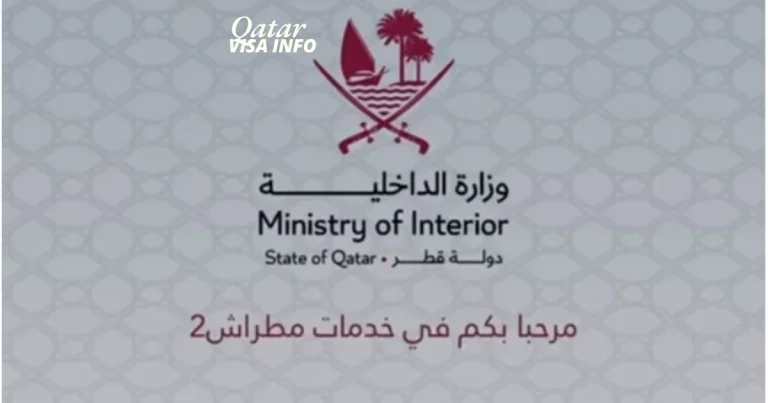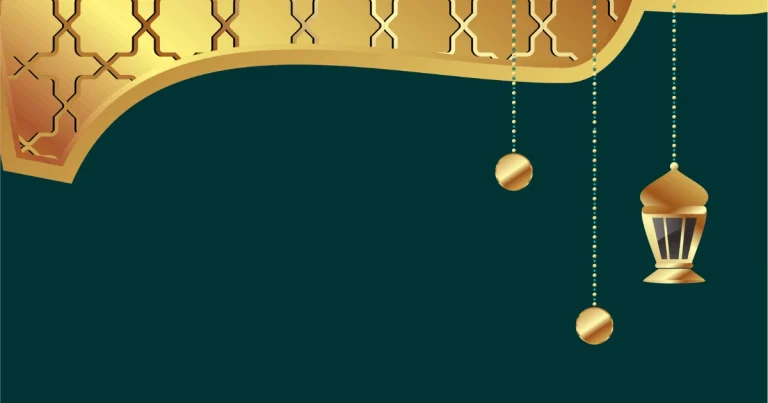Eid al Adha, also known as the Festival of Sacrifice, is one of the most cherished occasions in the Islamic calendar. In Oman, this sacred festival goes beyond tradition. It is a passionate expression of faith, family, and cultural diversity.As the country prepares for Eid al Adha 2025, the spirit of devotion fills the air, from the early morning prayers in grand mosques to the aroma of traditional dishes shared among neighbors and loved ones.
Get ready for the sacred celebration!
Eid al Adha 2025 is expected to begin on Friday, June 6, 2025 (subject to moon sighting).
Astronomical Prediction for Eid al-Adha on June 6 – Muscat Daily.
Unlike many other areas, Eid al adha in oman celebrated with a distinct warmth. The celebrations are rooted in centuries-old rituals and Omani hospitality, reflecting both religious solemnity and a strong sense of community.Whether you are a resident, a visitor, or someone exploring Oman for the first time, experiencing Eid here is nothing short of magical.
This guide walks you through everything you need to know about Eid al Adha 2025 in Oman, including when it begins, how it is celebrated, and how you can make the most of it. From the lunar calendar details to authentic local traditions and joyful greetings, get ready to immerse yourself in a festival that unites hearts and honors faith in a truly Omani way.
What is Eid al Adha?
Eid al Adha, also known as Bakrid, is a major Islamic holiday celebrated by Muslims worldwide.It honors Prophet Ibrahim’s (AS) commitment and faith, which led him to sacrifice his son in obedience to God. However, God substituted the son with a ram, which represents kindness and divine supply.


This celebration reminds Muslims of the value of faith, sacrifice, and generosity.It is a time to reflect on spiritual commitment, share with those in need, and come together as a community. Eid al Adha holds a special place in the hearts of Muslims everywhere, uniting them through its deep religious meaning and traditions.
Lunar and Gregorian Calendar Criteria
Eid al Adha is based on the Islamic Hijri calendar, which follows the lunar cycle. Unlike the Gregorian calendar used worldwide, which is solar-based and consists of 365 days, the Hijri calendar is about 11 days shorter each year because it follows the moon’s phases.
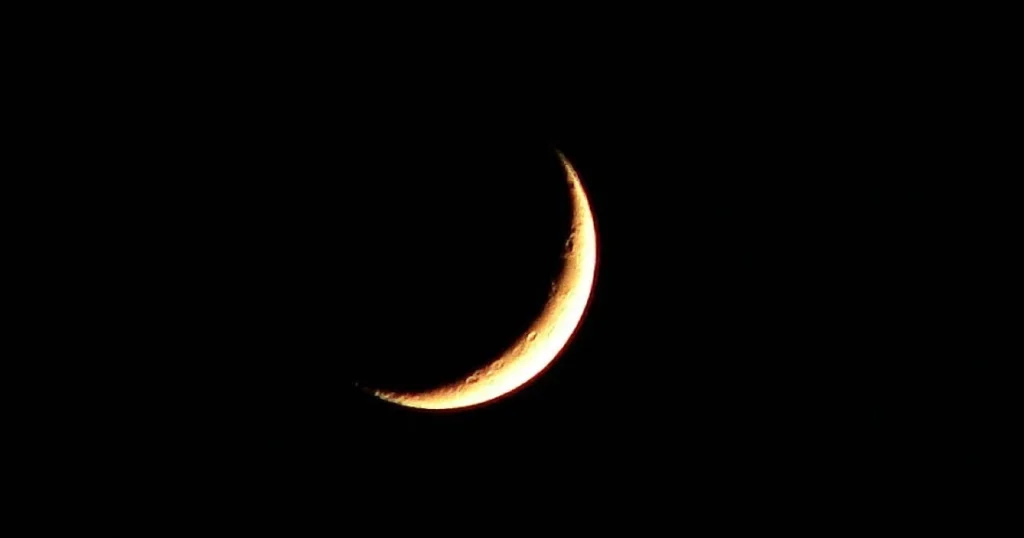
This difference means that Eid al Adha falls on different Gregorian dates annually, moving earlier by around 10 to 12 days every year. The new moon’s sighting determines the precise day of Eid.
Moon Sighting in Oman
In Oman, the official moon sighting is announced by religious authorities after carefully observing the sky. This announcement marks the beginning of Eid celebrations and is greatly anticipated by the people throughout the country.
How Many Days Is Eid al Adha Holiday in Oman?
Eid al Adha 2025 in Oman is officially observed from Friday, June 6 to Tuesday, June 10, spanning five days. This extended break applies to both the public and private sectors, making it one of the longest religious holidays in the Sultanate.
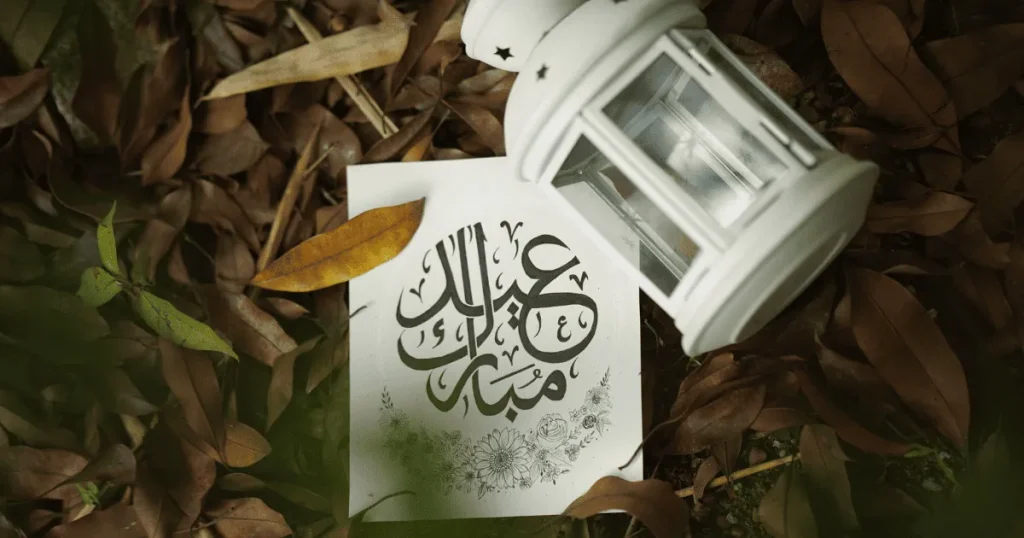
Why Is Eid al-Adha Called Bakra Eid and How Does It Differ from Baqarah?
In South Asia (India, Pakistan, Bangladesh), Eid al-Adha is popularly called Bakra Eid because “Bakra” means goat in local languages. Goats are the most commonly sacrificed animals during this festival in the region, so the name reflects that cultural tradition.
On the other hand, “Baqarah” is an Arabic word meaning cow and is the title of the second Surah (chapter) of the Quran, which includes a story about the sacrifice of a cow during Prophet Musa’s (Moses) time.
Though Bakra and Baqarah sound similar, they have different meanings and origins:
- Bakra = goat (South Asian languages)
- Baqarah = cow (Arabic, Quranic context)
This explains why Eid al-Adha is called Bakra Eid in South Asia and clears up the common confusion with the Quranic term Baqarah.
Public and Private Sector Break Duration
According to the official Omani calendar, the Eid al Adha holiday begins on Friday, June 6, coinciding with Arafah Day, and continues through Tuesday, June 10. This five-day period includes the weekend (Friday and Saturday), with Sunday, Monday, and Tuesday designated as additional public holidays.
For the private sector, the holiday aligns with the public sector, starting on Friday, June 6 and ending on Tuesday, June 10.
Past Trends and Expectations
In previous years, the Eid al Adha holiday in Oman has typically lasted four to five days, depending on the lunar calendar and moon sighting. The 2025 holiday duration is consistent with this pattern, reflecting the government’s commitment to providing extended breaks for religious observances.
Government Announcements Timeline
The official dates for Eid al Adha 2025 were confirmed by the Omani government through the Royal Court’s announcement. The holiday period was published in the official Omani calendar, which is widely referenced by government and private institutions for planning purposes.
As with all Islamic holidays, the exact dates are subject to the moon sighting, and the government may adjust the holiday period accordingly. It is advisable for residents and visitors to stay informed through official channels for any updates or changes.
How is Eid al Adha Celebrated in Oman?
Special Prayers and Sacrifice Rituals
Bakra eid in Oman begins with special prayers at mosques, where worshippers gather early to offer heartfelt thanks and seek blessings. These prayers provide a calm and introspective tone for the day.Following the prayers, families perform the Qurbani, the ritual sacrifice of sheep, goats, or camels. This act of charity commemorates Prophet Ibrahim’s dedication and symbolizes sharing blessings with those in need.
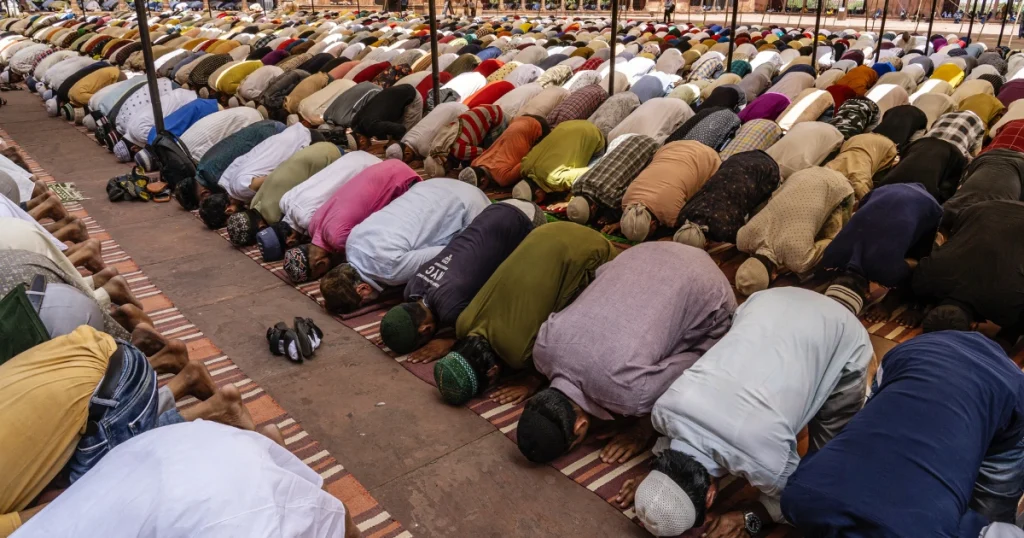
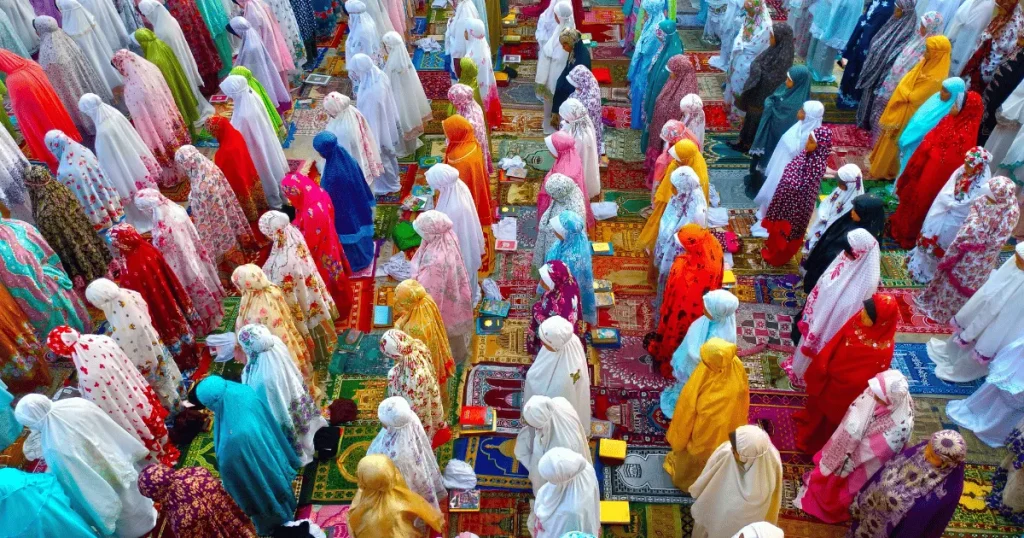
Family Reunions and Traditional Meals
Eid is a time when families come together to celebrate. Relatives reunite to enjoy traditional Omani dishes, rich with history and flavor. From aromatic rice to sweet desserts, these meals bring warmth and joy to every gathering, strengthening family bonds.
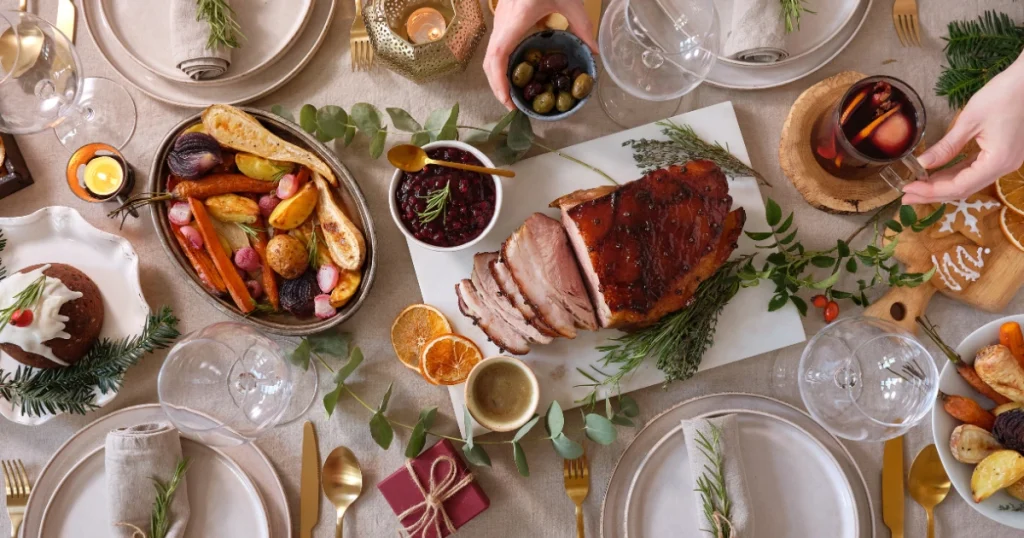
Acts of Charity and Neighborly Visits
Beyond family, Eid in Oman is marked by generosity and kindness. People visit neighbors and those in need, offering gifts and support. The genuine essence of Eid—community, compassion, and sharing—is reflected in these deeds of kindness and neighborly visits.
Common Phrases and Greetings During Eid (and Their Meanings)
During Eid, people greet each other with warm, meaningful phrases. Here are some common ones:
- Eid Mubarak
Meaning: “Blessed Eid” — a heartfelt wish for joy and blessings.
- Taqabbal Allahu minna wa minkum
Pronunciation: taqabbal-Allah minna wa minkum
Meaning: “I pray that Allah will accept your and our good deeds.”
Etiquette Tips:
- Exchange greetings with a smile and sincere eye contact.
- A handshake or gentle hug is common among close friends and family.
- Writing these greetings in cards or messages is also appreciated.
Inspirational Eid Greetings
Perfect for sharing heartfelt wishes, these messages inspire and uplift:
- “This Eid, I hope you have peace, joy, and countless blessings.
- “Wishing you and your loved ones a joyful Eid filled with love and gratitude.”
- ” On this Eid, may your prayers be answered and your sacrifices acknowledged.”
Ideal for: Family gatherings, social media posts, or heartfelt cards.
Funny & Lighthearted Messages
Add some humor and fun to your Eid wishes with these playful lines:
- “This Eid, eat, pray, and remember to save me some candy!”
- “I hope your Eid is as wonderful as your cooking, or very nearly so!”
- “I wish you a joyous, humorous, and traffic-free Eid.”
Great for: Close friends, kids, and casual social media posts.
Professional & Formal Wishes
Keep it polished and respectful for work or formal contacts with these examples:
- “I pray your Eid is calm and full of success.”
- I pray your Eid is calm and full of success.
- May this Eid bring you and your team newfound hope and prosperity.
Best used in: Emails, corporate cards, and formal greetings.
Religious & Spiritual Messages

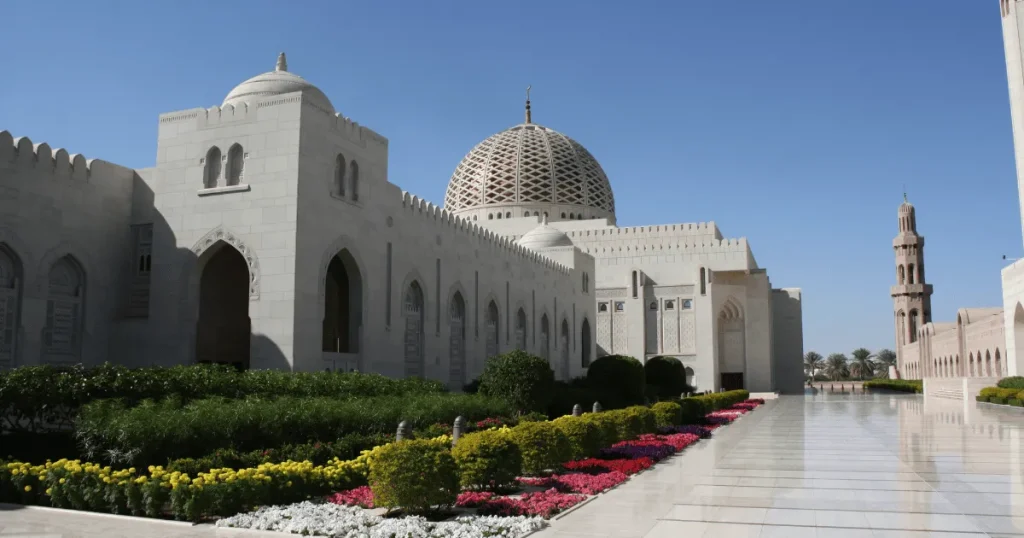
- These greetings, which are based on faith, emphasize spiritual blessings and sincere prayers.
- Often feature Quranic verses or meaningful duas to deepen the message.
- Ideal for devout Muslims and elders who value the sacred traditions of Eid.
- Examples include wishes for divine acceptance, mercy, and inner peace.
Short & Sweet Texts
- Concise and warm, perfect for quick sharing via WhatsApp or text messages.
- Great for reaching many people effortlessly or when pressed for time.
- Simple phrases like “Eid Mubarak” or “Joyful Eid wishes” convey genuine goodwill.
- Perfect for spreading cheer with minimal words but maximum warmth.
Experiencing Authentic Omani Traditions During Eid
Eid al Adha in Oman is not just a holiday — it’s a vibrant celebration steeped in rich traditions that connect you deeply with Omani culture. One of the highlights is the famous Shuwa — imagine tender lamb, marinated with a blend of fragrant spices, wrapped carefully in palm leaves, then slow-cooked underground for over a day. This time-honored process brings families and neighbors together, creating a true sense of community and shared joy, especially in Oman’s charming villages.
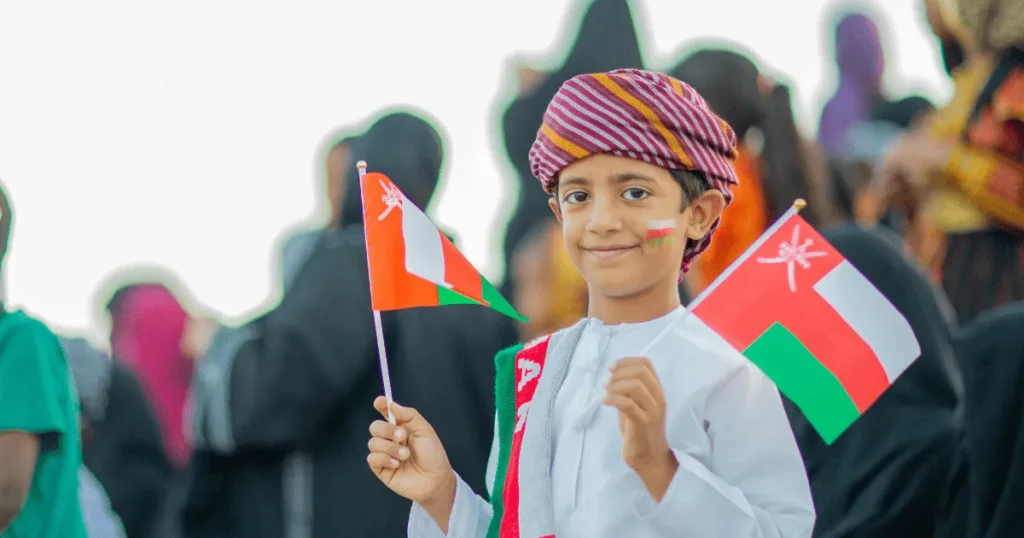
During Eid, streets and homes come alive with color as people dress in stunning traditional clothing — men in crisp white dishdashas and colorful turbans, women adorned in beautiful embroidered dresses sparkling with jewelry. The melodies of Omani music and the elegant motions of traditional dance penetrate the air, transforming festivities into cultural events that will never be forgotten.
No matter where you are in Oman — from the bustling coastlines to the serene mountain villages — each region offers its own special flavor of Eid, making the holiday a feast for all your senses.
As the joyous occasion of Eid al-Adha draws near, discovering how different countries honor this sacred festival adds to the excitement. Dive into our captivating article on Eid al-Adha in Qatar to uncover the rich traditions, heartfelt celebrations, and special events that light up the country during this time.
Meanwhile, if you’re curious about the grand and spiritual festivities in the heart of the Islamic world, explore our comprehensive guide on Eid al-Adha in Saudi Arabia, where ancient rituals and vibrant cultural practices come alive. Both posts offer a fascinating glimpse into how Eid is celebrated across these remarkable lands.
Public Celebrations and Cultural Events
Across Oman, Eid al Adha bursts into life with exciting festivals, parades, and cultural shows that bring people of all ages together. In cities like Muscat and Salalah, as well as smaller towns tucked away in the interior, the streets buzz with energy and smiles.
Step into lively souqs brimming with colorful crafts, spices, and delicious traditional treats. Food festivals invite you to savor authentic Omani flavors beyond the home kitchen, while spectacular fireworks light up the night sky, adding magic to the festive atmosphere.

Whether it’s a dazzling cultural performance, a family-friendly fair, or a music concert, these public celebrations offer a wonderful chance to experience Oman’s warm hospitality and vibrant spirit during Eid.
Travel and Tourism During Eid in Oman
Eid al Adha is the ideal opportunity to discover Oman’s spectacular landscape and rich cultural history.Whether you’re traveling with family or seeking peaceful retreats, Oman’s diverse landscapes and cultural sites make it an ideal destination during the Eid holidays.
Top Destinations to Visit During Eid
Muscat: The capital city combines modern amenities with historical beauty.Visit the majestic Sultan Qaboos Grand Mosque, stroll along the Corniche, or explore the lively Mutrah Souq for unique souvenirs.
Salalah: Known for its lush greenery and stunning beaches, Salalah is a refreshing escape, especially during Eid when the Khareef (monsoon) season transforms the region into a tropical paradise.
Nizwa:Explore Oman’s past with the magnificent Nizwa Fort and colorful traditional markets. It’s a great spot for history lovers and families wanting a cultural experience.
Jebel Akhdar: Perfect for nature enthusiasts, this “Green Mountain” offers cooler weather, terraced farms, and scenic hiking trails. Ideal for a serene getaway during Eid.
Nature, Heritage, and Family-Friendly Spots
From pristine beaches to ancient forts, Oman offers something for everyone. Families can enjoy picnics by the wadis (valleys), desert safaris, or boat trips along the coast. Exploring Omani heritage through museums and cultural centers adds depth and meaning to your Eid break.
Tips for Planning Your Eid Travel
Book early as Eid is a popular travel period; reserve flights, hotels, and tours in advance to secure the best options.
Plan around prayer times since many attractions have specific timings during Eid prayers—check schedules to avoid interruptions.
Pack accordingly because the weather can vary; bring comfortable clothing for both warm days and cooler evenings, especially if heading to mountainous areas.
Respect local customs since Eid is a sacred time; dress modestly and be mindful of local traditions, especially in rural or religious sites.
Traveling during Eid in Oman promises memorable moments filled with adventure, culture, and family bonding all wrapped in the warmth of Omani hospitality.
Crafting Your Perfect Eid Itinerary
Smooth Transportation Across Oman
Planning your Eid travel in Oman becomes much easier thanks to the country’s well-connected road network that links major cities and popular tourist spots. Renting a car with GPS navigation is especially helpful for families who want the freedom to explore remote areas like the Wahiba Sands or mountainous regions. If convenience is your priority, booking private transfers ahead of time is a great option, particularly when traveling with young children or elderly family members. Since traffic tends to increase during Eid in urban centers, it’s wise to make your transport and airport transfer reservations early to avoid any last-minute hassles.
Timing Your Activities for Comfort
To enjoy your days comfortably, try to start early and avoid the midday heat, especially when visiting outdoor attractions such as wadis, forts, or archaeological sites. Most places open between 8 and 9 in the morning, offering cooler temperatures and a more pleasant experience. Plan your main sightseeing during the morning hours, and reserve the afternoons for indoor cultural visits or relaxing at your accommodation.
Magical Evenings During Eid
Evenings in Oman during Eid hold a special magic. Many sites are beautifully illuminated, and cultural performances often take place after sunset. Whether you choose to attend a traditional show or take a peaceful walk along the Corniche, the night hours are perfect for soaking in the festive atmosphere and ending your day on a memorable note.
Tips for Non-Muslim Residents and Visitors
Understanding the Significance of Eid al azha
Eid al Adha is a deeply meaningful time for Muslims in Oman, so showing respect for Islamic customs is important. Be mindful during prayers and ceremonies, keeping noise to a minimum and avoiding any disruptions around religious gatherings.
Participating in Public Celebrations
When joining public celebrations, embrace the experience by trying traditional foods and enjoying cultural events with an open heart. At the same time, it’s best to avoid public displays of affection, taking photos without permission, or any behavior that could be considered inappropriate.
Proper Greetings and Dress Code
Greeting people with a simple “Eid Mubarak” or saying “Taqabbal Allahu minna wa minkum,” which means “May Allah accept from us and you,” is always warmly received. When it comes to dressing, modest clothing that covers shoulders and knees helps you show respect for local traditions and allows you to blend in comfortably during the festive period.
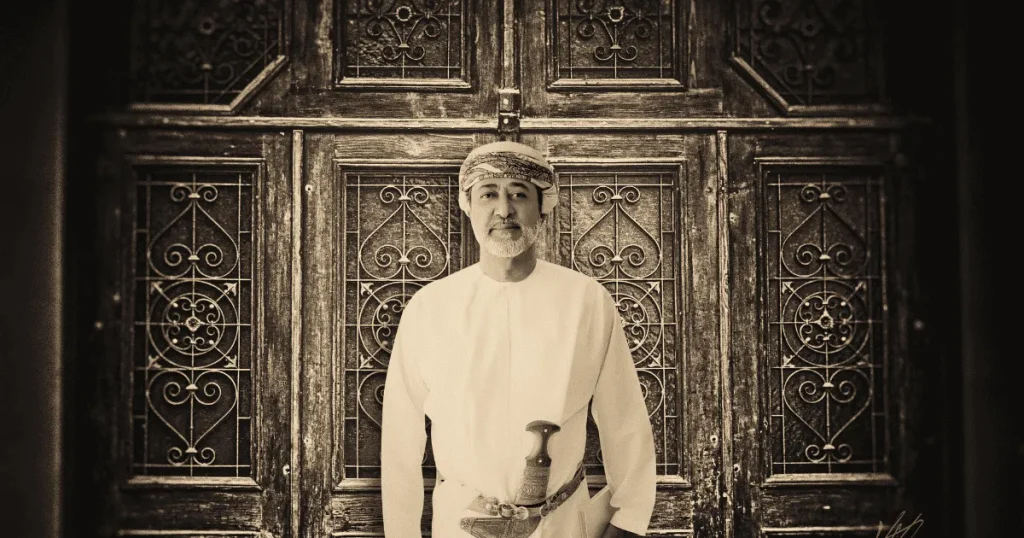
Embracing the Spirit of Eid al Adha in Oman
Eid al Adha in Oman is more than just a holiday; it is a heartfelt celebration of faith, family, and tradition deeply rooted in the country’s rich culture. Taking part in special prayers, enjoying traditional meals, and joining the vibrant festivities offer a wonderful chance to connect with Omani heritage and experience genuine warmth and hospitality. By understanding the customs and planning your time thoughtfully, you can create lasting memories. Embrace the joy, generosity, and togetherness that define Eid al Adha and let Oman’s authentic traditions inspire your celebration for years to come.
How is Eid al-Adha date calculated?
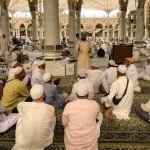
Eid al-Adha is determined by the Islamic lunar calendar. It falls on the 10th day of Dhu al-Hijjah, the 12th month, after the sighting of the new moon or through astronomical calculations.
Is Eid Al Adha 1 or 3 days?

Eid al-Adha is officially celebrated for 3 days in many Muslim countries, but the main day of Eid is the first day. The following days are for continued festivities and sacrifices.
📌 Disclaimer
The content presented in this article is intended solely for general informational and educational purposes. While we strive to ensure the accuracy and reliability of all information shared, please note that Islamic event dates and associated practices may differ based on moon sightings and local cultural customs.
For the most accurate and up-to-date information, we recommend consulting your local religious authority or official government announcements. Neither the author nor QatarVisaInfo.com assumes any responsibility for variations or updates in official declarations.
Visit the official website of the Ministry of Endowments and Religious Affairs in Oman for Eid al-Adha announcements, prayer timings, and moon sighting updates.



